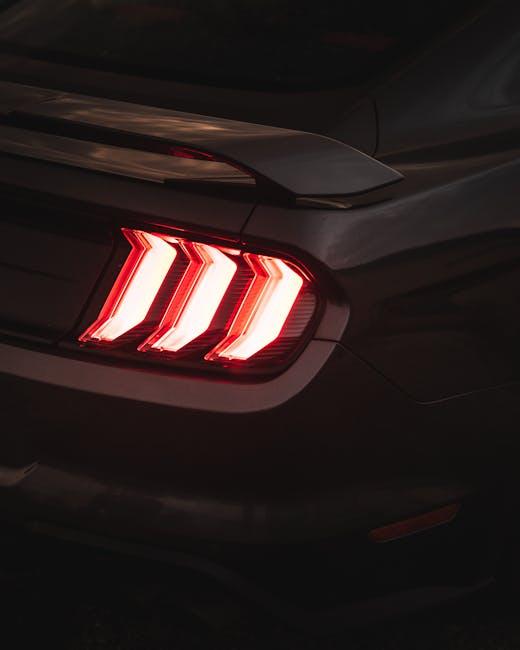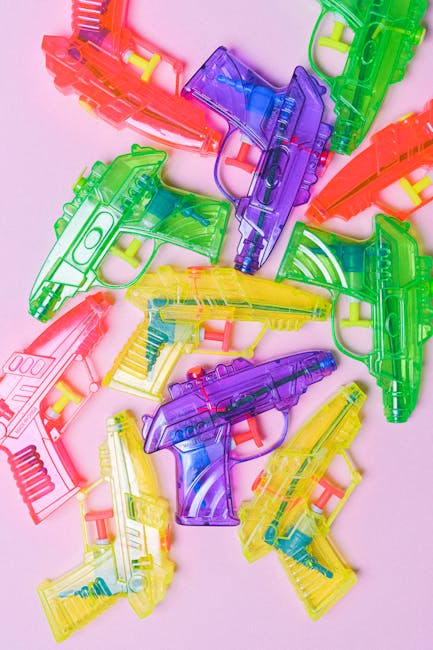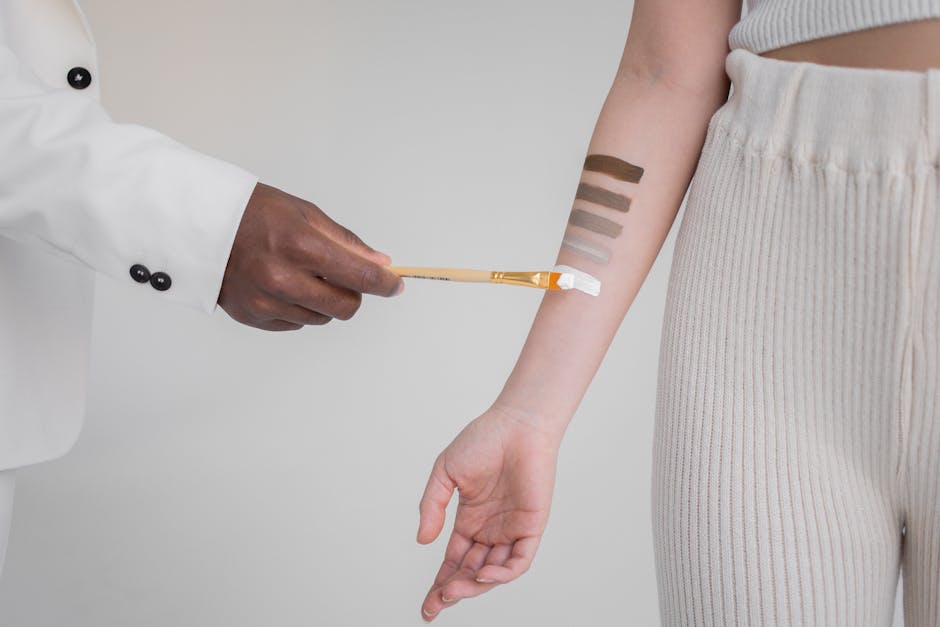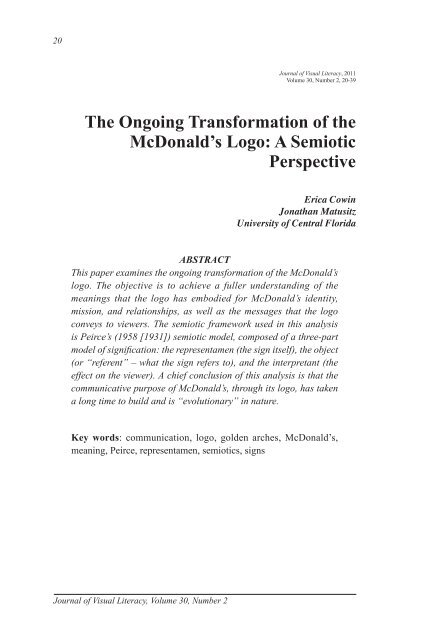
Whoever said “black is slimming” clearly never met a logo designer. In the world of branding, color is everything. It has the power to shape perceptions, evoke emotions, and make or break a brand’s image. So sit back, grab your color wheel, and let’s dive into the vibrant world of logo design. Welcome to the technicolor journey through “The Power of Color in Logos: Shaping Brand Image.
Importance of Color in Logo Design
When it comes to logo design, color plays a crucial role in conveying the right message to the audience. Think about it, would you trust a bank with a neon pink logo? Probably not. Here’s why color is so important in logo design:
Firstly, color can evoke certain emotions and feelings in people. For example, bright and bold colors like red and yellow can grab attention and convey a sense of excitement, while muted tones like blue and green can suggest trustworthiness and stability. The right color palette can set the tone for your brand and make a lasting impression on your customers.
Secondly, color can help your logo stand out from the crowd. In a sea of black and white logos, a pop of color can make your brand memorable and instantly recognizable. Just think of the golden arches of McDonald’s or the iconic red and white of Coca-Cola. Color can make your logo visually appealing and help you stand out in a competitive market.
Lastly, color can also be used to differentiate between different aspects of your brand. Using a variety of colors in your logo can help you separate different products or services, creating a cohesive brand identity. So, next time you’re designing a logo, remember that color is not just a pretty addition – it’s a powerful tool that can make or break your brand image.

Psychological Impact of Colors on Consumer Perception
Do you ever wonder why some fast food restaurants use bright reds and yellows in their logos? Or why luxury brands always seem to stick with black and gold? Well, my friends, it’s all about the .
Let’s start with red. This fiery color is associated with energy, passion, and excitement. When consumers see red, it gets their hearts racing – quite literally. It’s no wonder fast food giants like McDonald’s and KFC use red in their branding. They want you to feel that rush of excitement as you order your greasy burger and fries.
On the other end of the spectrum, we have black. This sophisticated hue exudes elegance and luxury. Think of high-end brands like Chanel and Rolex. Black screams “I have money to burn.” It’s all about that perceived value, baby.
And then we have yellow, the color of sunshine and happiness. Yellow is known to evoke feelings of positivity and cheerfulness. Brands like Ikea and Best Buy use yellow to make you feel all warm and fuzzy inside - almost like you’re buying happiness off the shelves.

Using Color Theory to Create Memorable Brand Identities
Color theory is like having a secret weapon in your branding arsenal. It’s the difference between being memorable and being forgettable. So why not use it to your advantage?
First up, let’s talk about the power of blue. This trusty hue is calming, dependable, and oh-so trustworthy. Just think of all the big brands that use blue in their logos – Facebook, Twitter, and even good old reliable IBM. So if you want your brand to exude confidence and credibility, give blue a go!
Next on the color wheel is red. This fiery shade is all about passion, energy, and action. It grabs attention and demands to be noticed. So if you want your brand to stand out from the crowd and make a bold statement, red is your go-to color!
And last but not least, let’s not forget about green. This soothing hue is all about growth, harmony, and balance. It’s the color of nature and renewal, making it the perfect choice for brands that want to promote health, sustainability, and overall well-being.

Successful Examples of Logos Utilizing Strategic Color Choices
When it comes to logos, color choices can make or break the design. Let’s take a look at some successful examples of logos that have nailed it in the color department:
- McDonald’s: The red and yellow color scheme of the golden arches logo is iconic and instantly recognizable. The primary colors create a sense of excitement and hunger, making you crave those famous fries and burgers.
- Nike: The bold black and white swoosh logo is sleek, simple, and powerful. The contrast between the two colors conveys a sense of speed and movement, perfect for a brand focused on sports and athleticism.
- Starbucks: The green and white mermaid logo of Starbucks is calming and inviting. The earthy green color symbolizes growth and freshness, while the white adds a touch of sophistication and cleanliness.
By carefully choosing the right colors for their logos, these brands have successfully communicated their brand values and personality to consumers. So, next time you’re designing a logo, remember that color choices matter more than you think!

How Color Consistency Builds Brand Recognition and Loyalty
Color consistency is a crucial aspect of brand recognition and loyalty. Imagine if McDonald’s suddenly decided to switch their golden arches to a bright shade of purple. People would be walking around in confusion, wondering where they can find their beloved Big Macs and fries.
When a brand keeps its colors consistent across all platforms, it creates a sense of familiarity and trust with its consumers. Just think of the comforting feeling you get when you see that distinct shade of red from Coca-Cola or the soothing blue from Facebook. It’s like running into an old friend on the street.
Consistent colors help to build a strong brand identity that sticks in people’s minds. It’s like having a signature look that makes you stand out in a crowd. Whether it’s the vibrant red of Target, the bold orange of Home Depot, or the classic green of Starbucks, these colors become synonymous with the brand itself.
So, next time you’re tempted to change up your brand’s colors, just remember the importance of staying true to your hues. Your customers will thank you for keeping things consistent and making it easier for them to spot you in a sea of competitors. After all, who wants to play a game of ”Where’s Waldo” when they could be enjoying the comfort of their favorite brands?
FAQs
Why do colors play such a vital role in shaping brand image through logos?
Well, imagine a world without colors. It would be as boring as eating a salad without dressing – plain and unexciting! Colors evoke emotions and can influence how consumers perceive a brand. So, it’s no surprise that they play a crucial role in logo design.
How do warm colors like red and orange affect consumer perceptions of a brand?
Warm colors like red and orange are like the fiery, passionate friends at a party – they grab your attention and get you all excited! These colors can convey energy, excitement, and urgency, making consumers feel eager to engage with a brand.
What about cool colors like blue and green? How do they impact brand image?
Cool colors are like the chill, calming buddies who help you relax after a long day. Blue and green can convey feelings of trust, serenity, and harmony, which are essential for brands that want to build a sense of reliability and security among consumers.
Can using multiple colors in a logo be beneficial for a brand’s image?
Absolutely! Using a rainbow of colors in a logo is like throwing a wild party – it’s vibrant, lively, and full of fun! Multiple colors can showcase a brand’s versatility, diversity, and creativity, attracting a wide range of consumers.
Is there a ”right” color to use in a logo, or does it depend on the brand’s message?
Choosing the right color for a logo is like picking the perfect outfit for a date – it depends on the message you want to convey! Each color has its own unique personality and can evoke different emotions, so it’s essential to select a color that aligns with your brand’s values and goals.
Color Me Impressed!
Whether you’re seeing red, feeling blue, or just tickled pink, one thing is for sure – the power of color in logos can make or break a brand’s image. So next time you’re designing a logo or making a brand identity decision, remember to choose your hues wisely. And who knows, maybe one day your logo will be as iconic as McDonald’s golden arches or Coca-Cola’s bold red script. Until then, keep on coloring outside the lines and let your brand shine bright like a neon rainbow!











